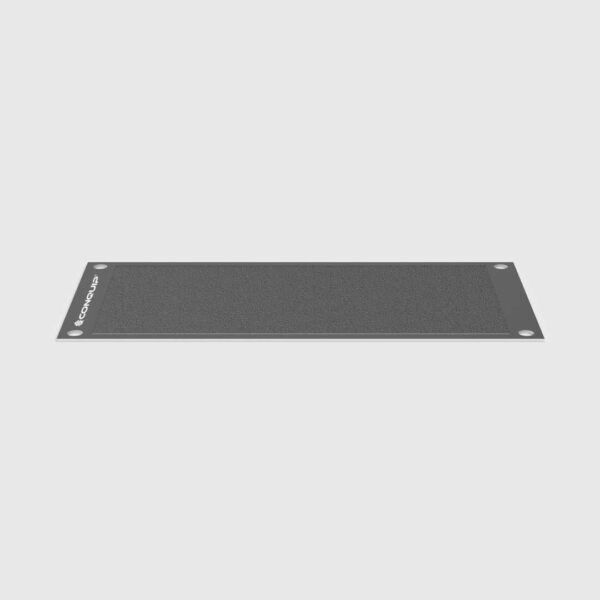Little Known Facts About Steel Road Plates.
Little Known Facts About Steel Road Plates.
Blog Article
The 45-Second Trick For Steel Road Plates
These sturdy, durable plates allow roads to return to solution so that building and construction can proceed. These plates can be made use of to ensure that roads can still be utilized whilst various other phases of work continue.
They supply a perfect compromise for maintaining lanes, whilst job continues over night and at weekends. They are often seen when excavations have started as a very early phase of building and construction or repair tasks. These plates are created to stand up to sturdy use on busy roads. They include an akti-skid covering and are offered in a number of colour surfaces - Steel road plates.
The weights begin from around 300kg and standard road plates have a density of either inch or inch. The capacity to be bolted to the roadway.
Getting My Steel Road Plates To Work
Hinged variations for quick accessibility to the excavation or normal access, e.g. driveways. Composite plates, which can fit various lengths of trench. For this reason, they should be mounted utilizing a forklift or crane.
Check for variation by traffic filling from the outset plates ought to constantly resist variation. Examine that the plates do absent a danger to any kind of kind of roadway user and can be made use of by all road customers and vehicle kinds, consisting of pedestrians, cyclists and motorcyclists. Develop a routine inspection and maintenance to ensure that efficiency continues to be safe and optimal.
Take care of the plates properly at all times. Mechanical training makes sure that the plates are set up precisely and securely.
If a ramp is developed by the roadway layers, after that cautioning indications for pedestrian and roadway customers are needed. Always a conduct complete site study, and take the expert advice of a structural engineer.
The Facts About Steel Road Plates Revealed

In order to enhance security, there are a number of standards and industry documents directing their usage in building and construction job areas. This post provides some highlights that might be valuable in starting Steel road plates your examination. If you call for additional details, please get in touch with our professional straight. Steel plates need to be dealt with in location to stay clear of movement.
What Does Steel Road Plates Mean?
Along with being strongly touching the pavement, they ought to be either pinned, recessed right into the sidewalk, or secured with asphalt wedges around the border. Pinning into the sidewalk includes driving pins right into the sidewalks along the edges of the steel plates to avoid motion. Recessing includes reducing out the area where the steel plate will be put.
This causes the steel plate being flush with the pavement. In addition, when several steel plates are utilized and butt approximately each other, they should be bonded with each other at the longitudinal seams. Steel plates can be very slippery, especially when they are damp, unless they have an anti-skid layer applied.
Treatment steel layers with a material that enhances friction aids motorcyclists and bicyclists retain control, particularly in damp weather condition. Conditions which reduce sidewalk rubbing in job zones are of particular problem to motorcyclists and bicycles. A typical hazard in steel plate installments takes place when the customer fails to create appropriately tapered ramps from the roadway to the sides of the steel plate( s).
The Ultimate Guide To Steel Road Plates
It positions a substantial risk to motorcyclists and bicyclists who can quickly lose control when they contact the abrupt/steep tapered ramp and the steel plate. Properly tapered ramps enable individuals to safely cross over the steel plates.
Department of Transport's Federal Highway Administration (FHWA) requires that transverse pavement joints, which lead to a bump, must be tapered at 60 to 1 (5 feet straight for each 1 inch of vertical altitude distinction). Select the proper size. Ensure adequate overlap. Generally, steel plates need to expand at the very least one foot past the sidewalk opening onto firm ground.
How Steel Road Plates can Save You Time, Stress, and Money.
Welding is utilized when even more than one steel plate is used and they butt up to each other. Plates must be countersunk when essential because of unequal streets. Plates must be covered with an anti-skid coating. The edges of the steel plates should be marked/painted to enhance exposure. Correct development warning signs must be used.

His history consists of the building and construction, inspection, review more.
These sturdy steel plates play a vital function in enhancing construction safety, supplying momentary roadways, and ensuring smooth procedures on different job websites. As a building and construction equipment vendor, their value can not be overstated.
Report this page